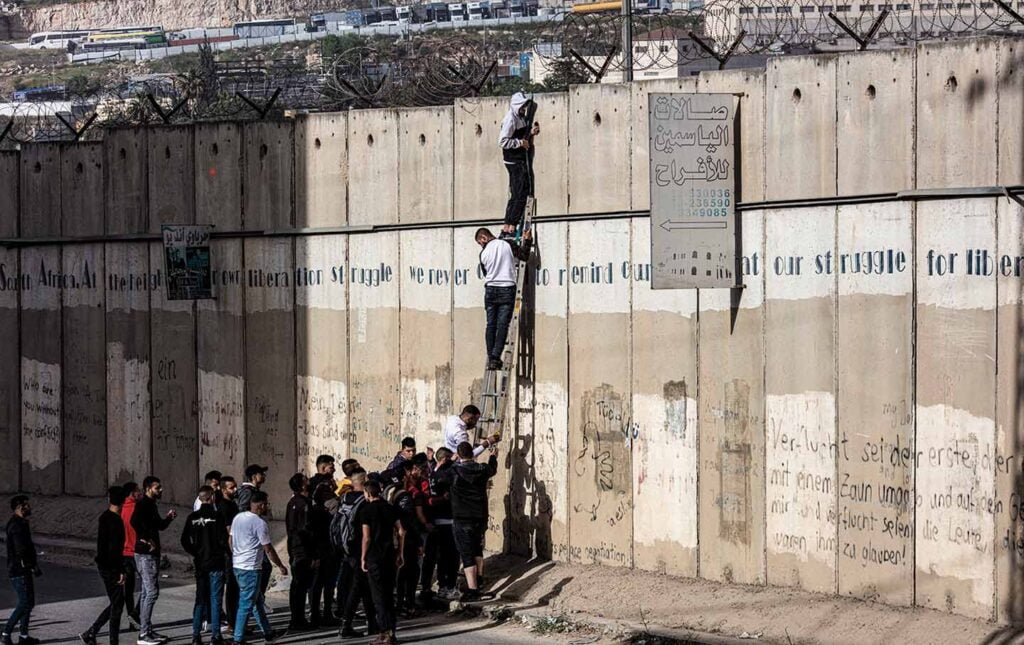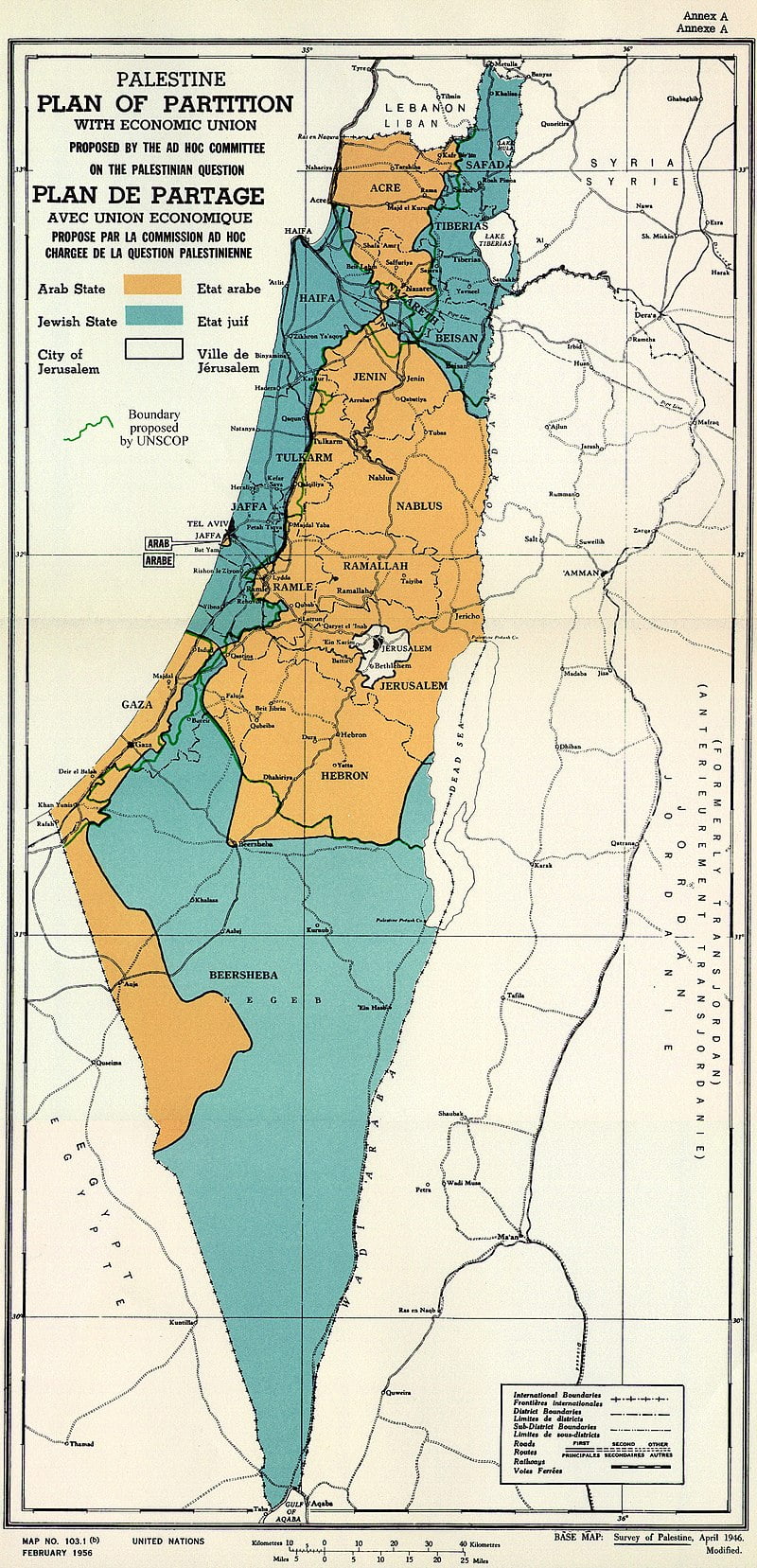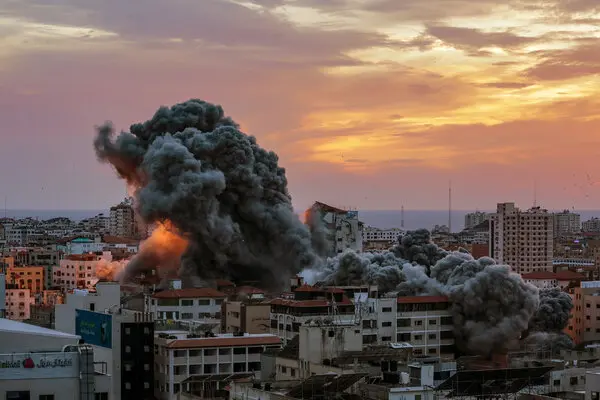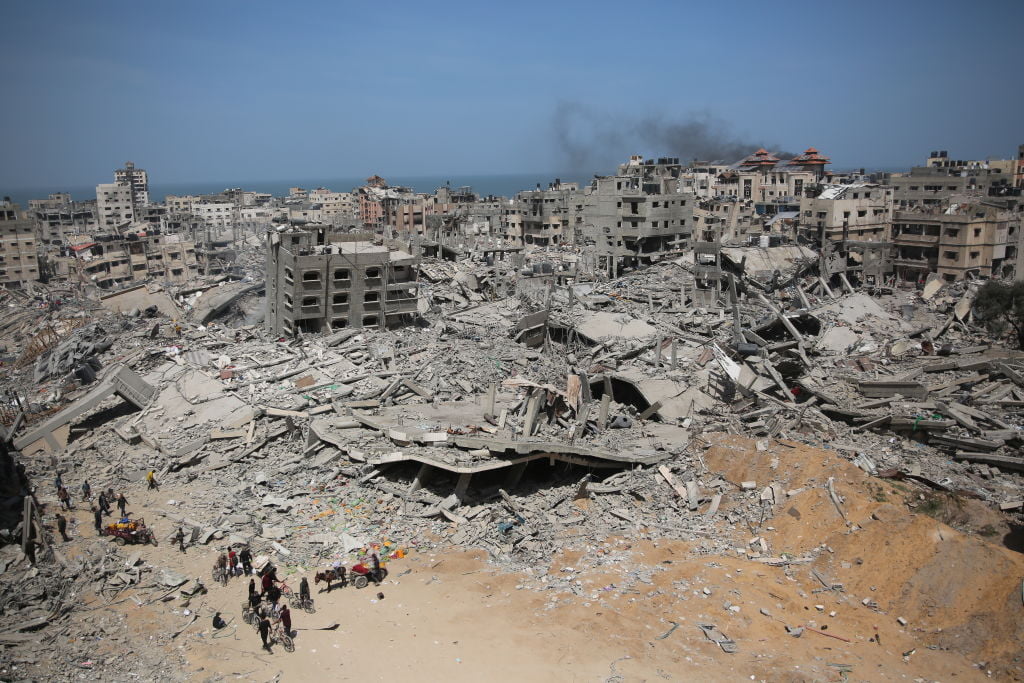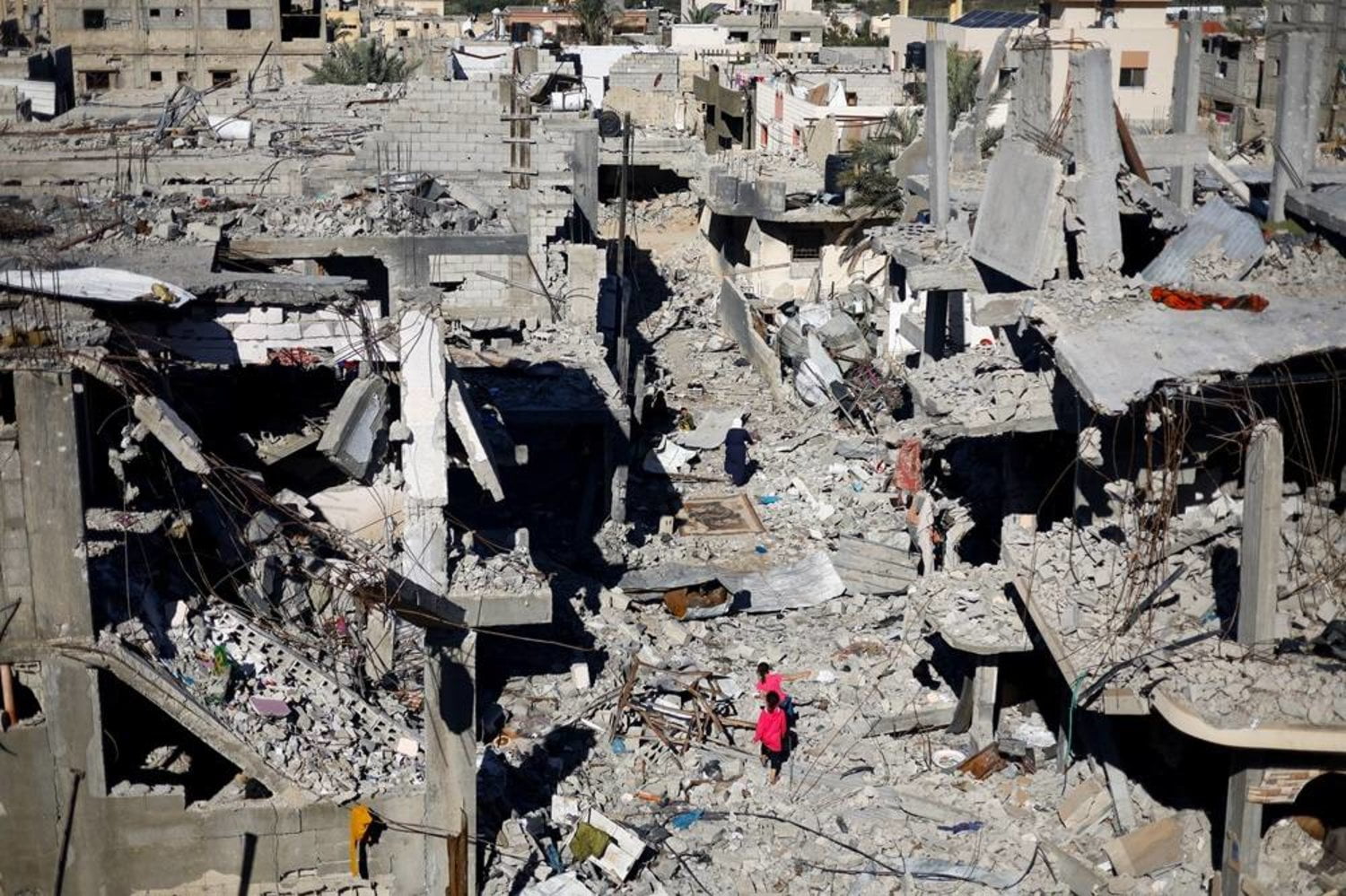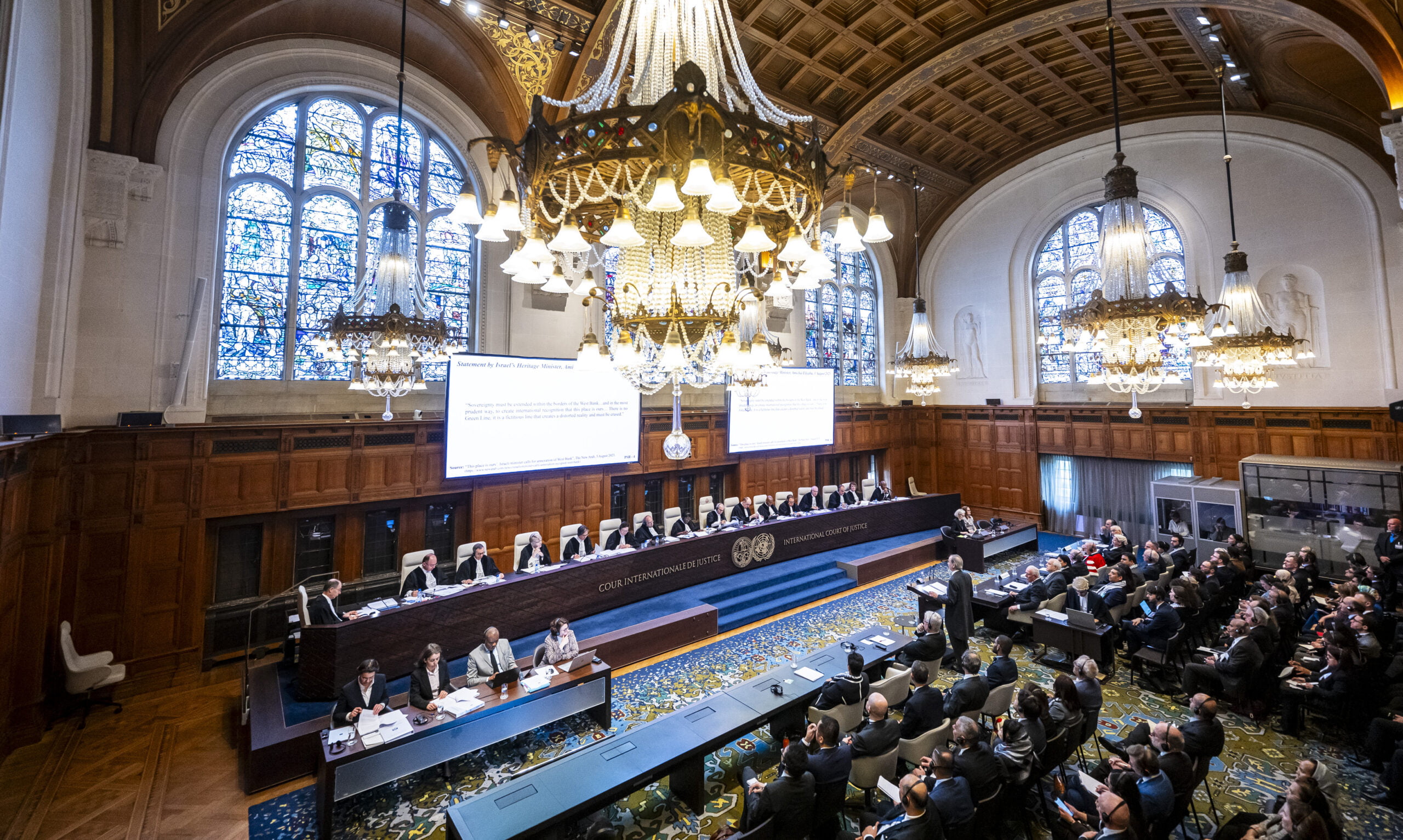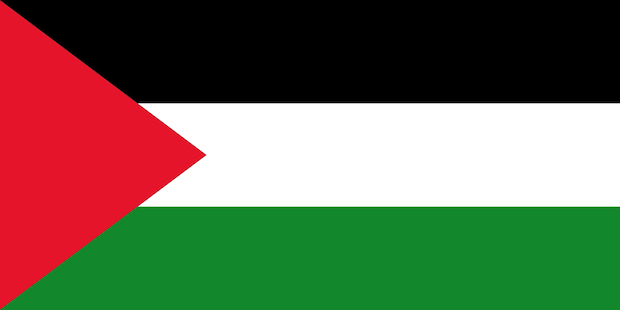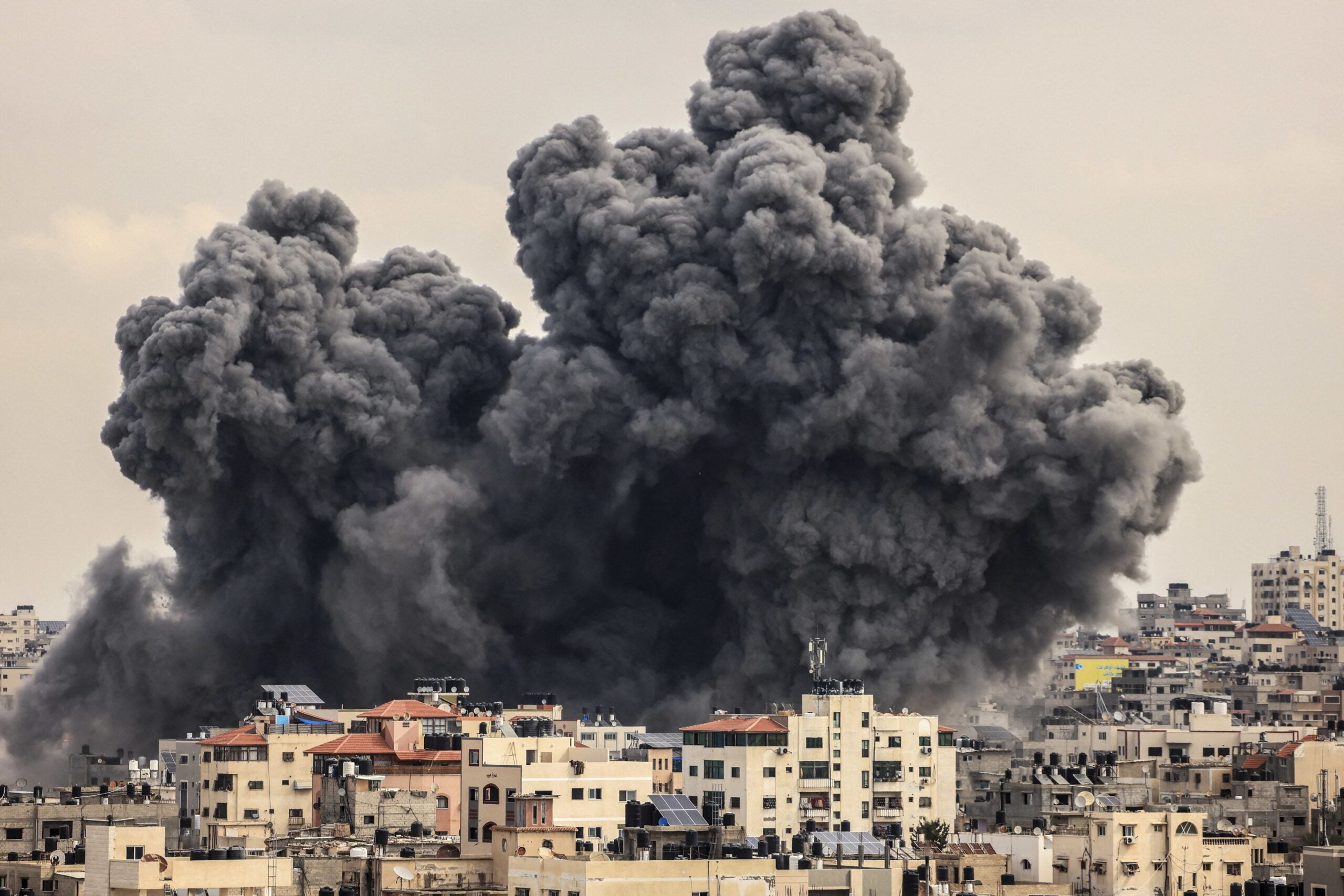
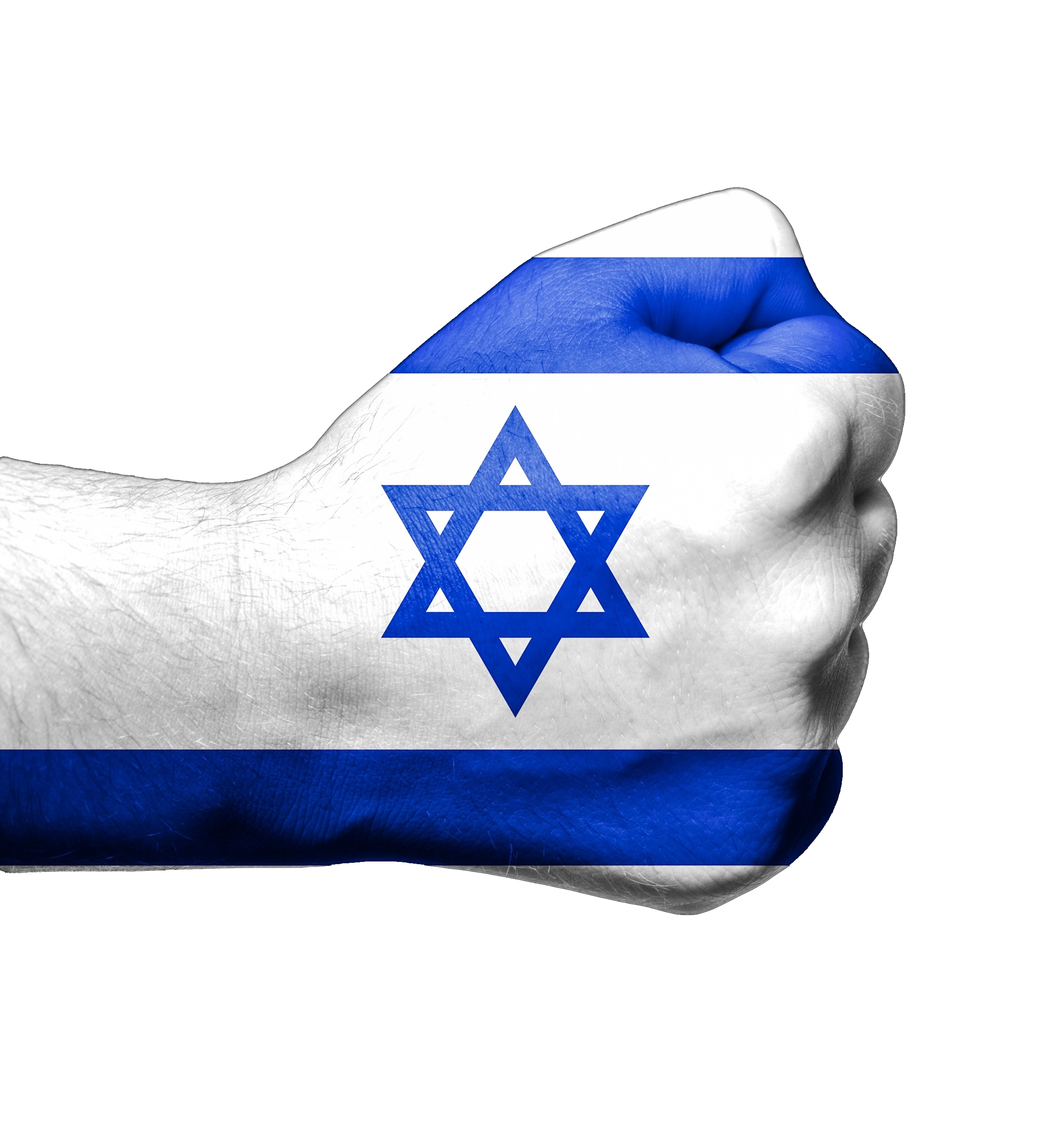
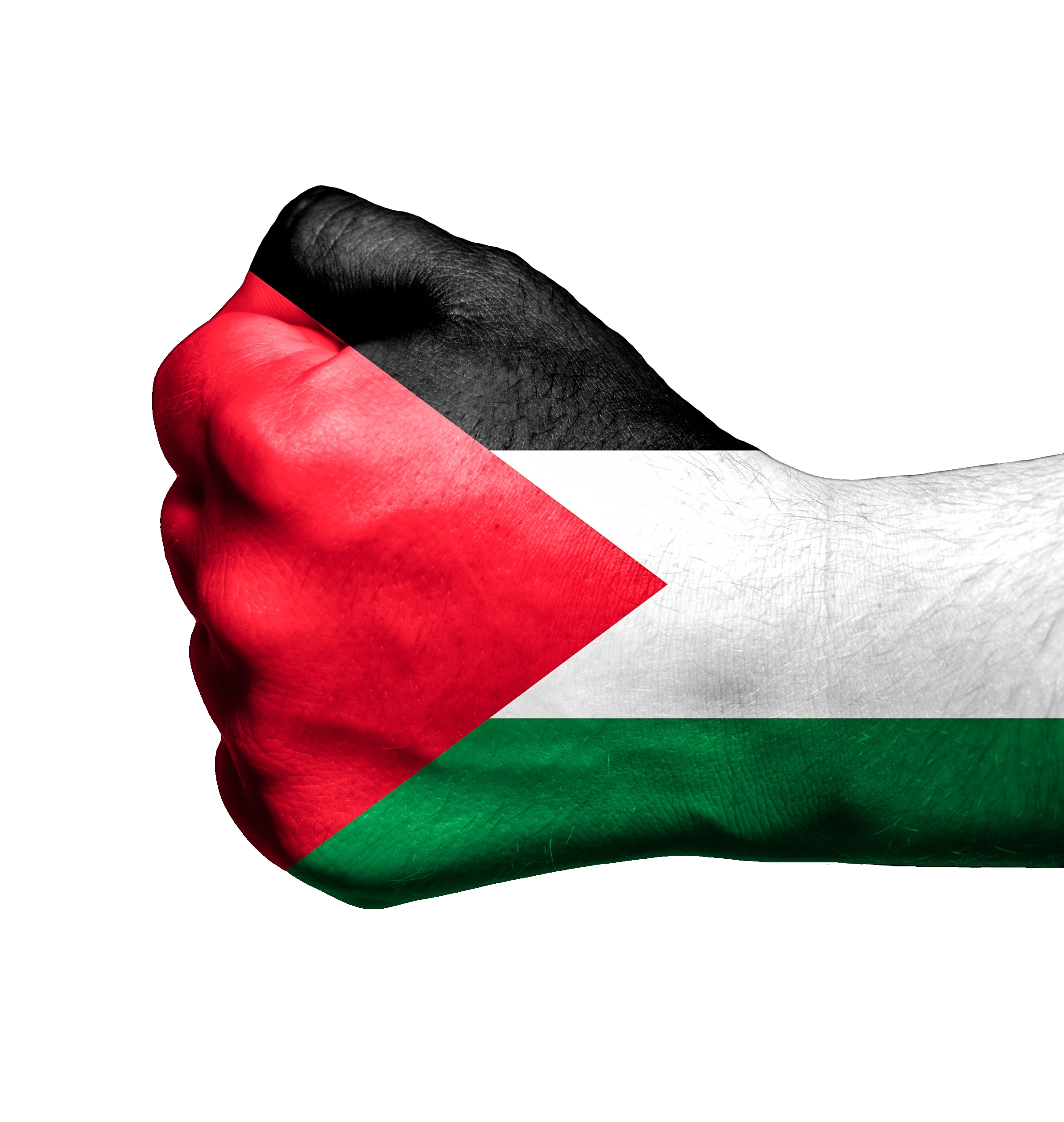
Palestine
Palestine (فلسطين)
Palestine historically refers to a geographic region in the Eastern Mediterranean between the Mediterranean Sea and the Jordan River, encompassing parts of modern-day Israel, the West Bank, and the Gaza Strip. As the Holy Land, revered by Jews, Christians, and Muslims alike, it has been a focal point of contested claims and sustained conflict. The term “Palestine” traces its roots back to “Philistia,” denoting the territory of the Philistines around the 12th century BCE.
The land known as Palestine has been inhabited since prehistoric times, with evidence of Neolithic settlements dating back to 10,000 BCE. Historical records include the Canaanites, the earliest known inhabitants, who were in the region by the 3rd millennium BCE. They are considered the area’s indigenous people, establishing city-states and engaging in trade and agriculture.
Over millennia, Palestine saw a succession of powers and peoples due to its strategic location at the crossroads of Africa, Asia, and Europe. These include ancient Egyptians, Israelites, Assyrians, Babylonians, Persians, Greeks under Alexander the Great, Romans, Byzantines, various Islamic caliphates, Crusaders, Mamluks, and Ottomans. The modern wave of Jewish immigration to Palestine, associated with the Zionist movement aiming to establish a Jewish homeland in response to European anti-Semitism, began in the late 19th century with the First Aliyah (1881-1903). This marked the beginning of a significant demographic and political transformation in the region, leading to the complex and ongoing Israeli-Palestinian conflict. After Britain took control over Palestine in 1918, the region was still predominantly Arabic, but the Jewish Migration accelerated.
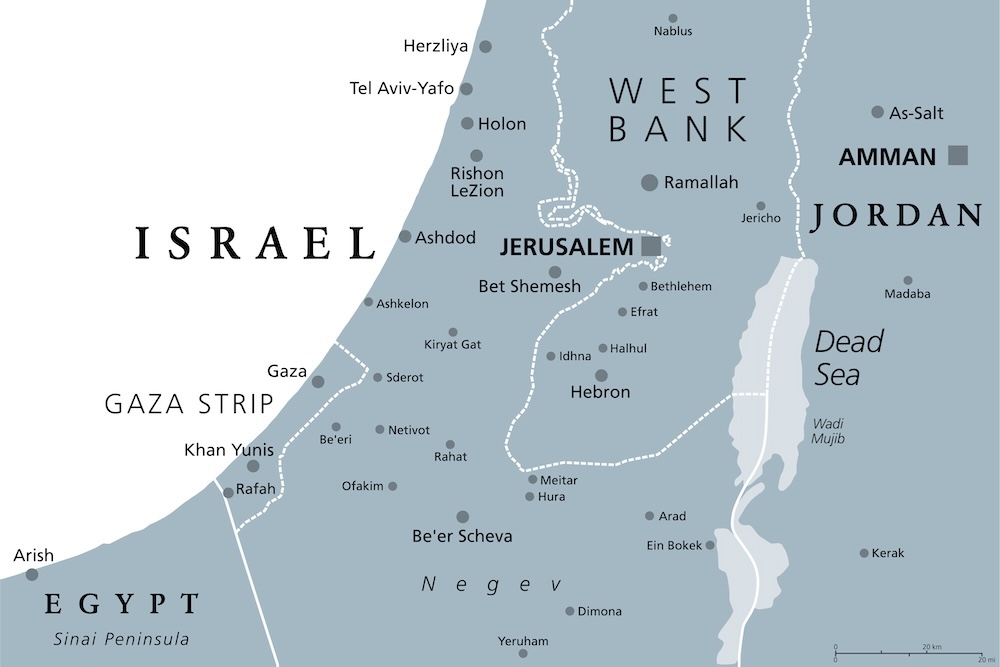
The State of Palestine
The State of Palestine, proclaimed by the Palestine Liberation Organization (PLO) in 1988, has a population exceeding 5.5 million people. These individuals reside in areas of high population density, particularly in the Gaza Strip and certain parts of the West Bank. The demographic composition of the Palestinian territories reveals a youthful population. According to the UN, 38.18 percent of the population is under the age of 15, and 28.67 percent is between 15 and 29. (UN, 2023)
Since the Six-Day War in 1967, Israel has maintained control over the Palestinian territories, a situation that has deeply affected the political, economic, and social landscape of Palestine. The international community remains divided on the recognition of Palestinian statehood. While 139 of the 193 United Nations (UN) member states acknowledge Palestine as a state, many Western countries, such as Australia, Canada, France, Germany, Italy, Japan, South Korea, Mexico, the UK, and the USA, have not extended formal recognition. These countries typically argue that the establishment of a sovereign Palestinian state should be the outcome of a peace agreement with Israel, believing that premature recognition could undermine the peace process aimed at resolving the Israeli-Palestinian conflict through negotiations.
Palestinian Governance
Palestine is essentially governed by various actors. Two critical actors are Fatah and Hamas. Fatah was established in the late 1950s as a leading secular nationalist movement; it is led by Mahmoud Abbas. It played a central role in the Palestinian struggle for independence and has been a major political force within the Palestine Liberation Organization (PLO). Fatah has historically engaged in armed struggle against Israel but has moved towards negotiation and diplomacy as a means to achieve a Palestinian state alongside Israel. Hamas is an Islamist movement that emerged from the Gaza Strip. Hamas was established in 1987, emerging from the Muslim Brotherhood, which was founded in Egypt in 1928. The Brotherhood advocates for integrating Islamic principles into daily life, politics, and society, aiming for Islamic governance and social welfare programs. Hamas’ charter initially called for the establishment of an Islamic state in all of historic Palestine, including the territories of Israel. Its 2017 charter indicates a conditional acceptance of a Palestinian state based on the 1967 borders, including East Jerusalem as its capital. However, it firmly rejects the legitimacy of Israel, reflecting its strong ideological opposition to Zionism. This stance suggests Hamas is open to political solutions for statehood but does not extend recognition to Israel, aligning with a broader Palestinian view that acknowledges Israel’s existence but not the legitimacy of its founding ideology. Hamas is considered a terrorist organization by many countries because of its suicide bombings and its violence. Hamas won the 2006 parliamentary elections and, in 2007, violently seized control of the Gaza Strip from the internationally recognized Palestinian Authority.
The Wall and Israel’s control
Israel remains in control over a large part of the occupied Palestinian territories.
In June 2002, Israel started building separation walls around the Palestinian territories for security reasons. The barrier includes sections of high concrete walls, especially near urban areas like Jerusalem, and fence-like structures in other areas. It has significantly affected Palestinian communities by cutting off access to farmlands, services, and neighboring communities. Israel also constructed a fortified barrier surrounding the Gaza Strip, consisting of a fence equipped with electronic sensors, watchtowers, and a buffer zone. Israel controls the land crossings into Gaza, restricting the movement of goods and people as part of its blockade, imposed since 2007 following Hamas’s takeover of the territory. Israel also built a wall around the border between Palestine and Egypt. Furthermore, Israelis control access to essential resources like water and electricity in Palestinian territories, just as well as access to the sea and the airspace. The roads in Palestinian territories have checkpoints, and the crossings in and out of Gaza are controlled by the IDF.
Since the six-day war, Jewish settlements have been growing in the West Bank. These settlements range from small outposts to large towns and are located across the West Bank, including East Jerusalem. According to the UN, there are 270 settlements housing approximately 750,000 Israeli Jews. (UN, 2023) From the Israeli perspective, some view the settlements as fulfilling historical, religious, or strategic interests, believing in a historical and biblical connection to the land. Others argue for the settlements’ security relevance, suggesting they provide a buffer zone around Jerusalem and along critical areas of the West Bank. For Palestinians, the settlements are seen as an illegal occupation of their land, a direct obstacle to the establishment of a future Palestinian state. The international community considers Israeli settlements in the occupied Palestinian territories to violate Article 49 of the Fourth Geneva Convention, which prohibits the transfer of an occupying power’s civilian population into the territory it occupies. This practice has led to significant changes in the demographic and geographic landscape of the territories, posing a major obstacle to peace and the Palestinian right to self-determination.
Background of the Palestinian-Israeli Conflict

Zionism is the idea that Jewish people should have their own country, and this country should be in the area known as Palestine, where their ancestors lived thousands of years ago. The name ‘Zionism’ comes from the word ‘Zion,’ which historically refers to a hill in Jerusalem. Over time, Zion has come to symbolize the ancient biblical land of Israel. The idea of Zionism came about because, for a long time, Jewish people were mistreated in many countries, facing discrimination and violence. In the late 1800s, a man named Theodor Herzl and others thought that the best solution was for Jewish people to have a safe place to live. In 1897, Herzl organized a big meeting called the First Zionist Congress in Switzerland. They officially started the movement to create a Jewish homeland in Palestine. This movement grew as more Jewish people supported the idea and moved to Palestine to build communities.


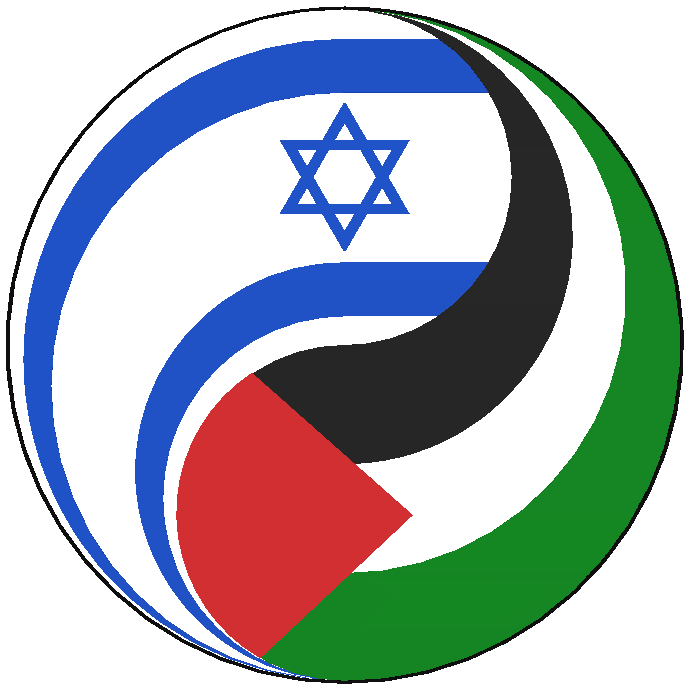


2010-2022
Timeline of the Current Conflict
Current Status
Nutrition
Protection
Health
Education
Food Security
Reported Damage
Fatalities among Palestinians
Fatalities among Israelis
(OCHA, Hostilities in the Gaza Strip and Israel – reported impact- 11 March 2024)
The Actors
Role Play
You are tasked with negotiating a groundbreaking peace agreement that aims to substantially increase the well-being of all parties involved in the Israeli-Palestinian conflict. The parties are Hamas and the PA, Israel, and the USA. You will be divided into groups representing the Israeli government, Hamas, and the United States. Each group will research and prepare their party’s historical positions, current interests, and possible concessions. The stakes below indicate the essential issues you need to focus on. Based on the negotiations, each group will contribute to drafting sections of the peace agreement. The agreement should address all the stakes presented below. Once the draft agreement is completed, each group will present their perspectives, debate its merits and shortcomings, and suggest amendments if necessary. The role-play concludes with a vote on the final version of the peace agreement. A peace agreements database has example agreements.
Stakes
Territories, governance, and infrastructure
Jerusalem: In 1980, the Israeli government declared Jerusalem to be Israel’s eternal and undivided capital. However, most countries do not recognize it as such. The United States maintained its embassy in Israel in Tel Aviv, not Jerusalem, until the Trump administration. The Israeli government has sought to erase any dividing lines between the western and eastern portions of the city through infrastructure projects and housing for Israeli Jews in parts of the city in which the residents were overwhelmingly Palestinian. How should Jerusalem be divided between Palestinians and Israelis?
West Bank and Gaza: The Oslo Accords of 1993 initiated discussions without explicitly establishing a Palestinian state but implied future negotiations for Israel’s borders with the West Bank. Should the Palestinian state be defined by pre-1967 borders, as suggested by President Obama in 2011? What should happen to the Israeli settlements in the West Bank? Should Israel be allowed to keep the land it grabbed?
Infrastructure: What about the control points, crossing points, the wall, dedicated roads, and infrastructure for Jewish and Palestinian people? Does Israel have the right to control the airways and access to the sea?
Map of West Bank Movement restrictions and Map of Gaza restrictions
Hostages
Since October 7, 2023, Hamas still has 134 hostages, and 130 of the hostages have been released. Israel wants Hamas to release all the hostages. Hamas only wants to release the hostages on the condition of a complete cease-fire. How can you get the hostages home safely?
Displaced people and refugees
More than 75 percent of the Palestinians have been displaced inside their own country. Many refugees live in makeshift tent camps in Rafah or elsewhere in Gaza. The conditions in which the displaced people are inhumane. Many are not allowed to return to their homes or what is left of their homes by the IDF. Most live with extreme shortages of food, in unhygienic conditions, in cramped camps, with the risk of infectious diseases. Moreover, over 5,7 million Palestinians are living outside of Palestine in the hope of returning to their motherland. Should the refugees be allowed to return? Does this threaten the Jewish state?
Security
How can Israel and Palestine feel safe? What could be done to create a sense of security if a two-state solution is desired?
International alliances
The future of both Palestine and Israel depends on their international allies; how can you guarantee good relationships, and how can you expand partnerships?
Reconstruction and economic aid
According to an interim damage report by the EU, World Bank, and the UN, reconstructing Gaza will cost approximately 18.5 billion dollars. The report just measures the damage up until January 2024. Just before the conflict, over 63% of Gaza’s population lived in poverty, with 80% receiving some form of assistance. The unemployment rate was at 45.1% in September 2023. The restrictions imposed by Israel significantly hampered the movement of people and goods, stifled private sector growth, and limited access to financial services. Although the agricultural sector provided employment and contributed to the food supply for a significant portion of the population, it encountered numerous obstacles. These included restricted access to cultivable land and water resources, limited availability of fertilizers and other essential supplies, and movement constraints. Before the outbreak of conflict, more than half of Gaza’s inhabitants relied on humanitarian aid for food. The International Labour Organization (ILO) estimated that 61 percent of employment has been lost compared to pre-conflict levels. Who will pay for the reconstruction of Gaza? Who will finance the immediate needs of the Palestinian people?

